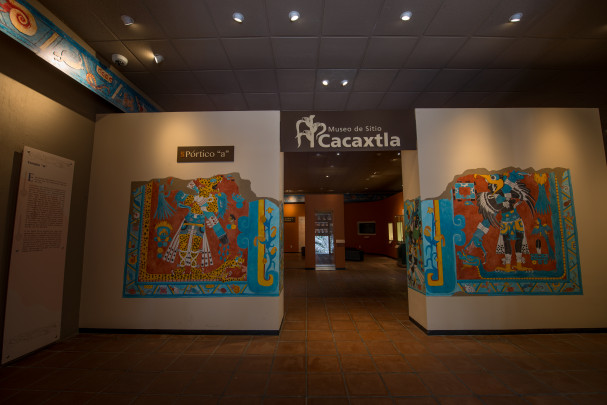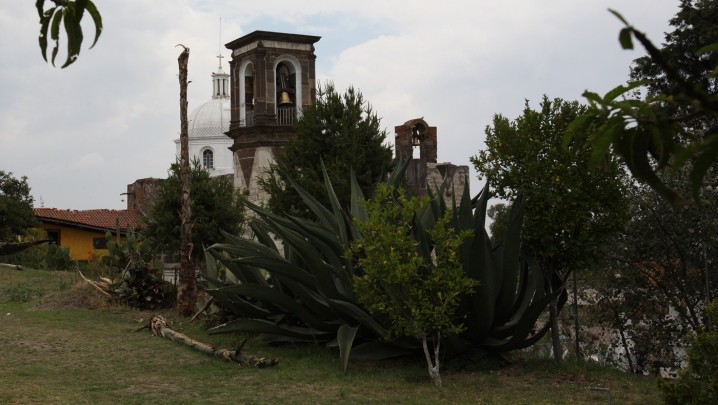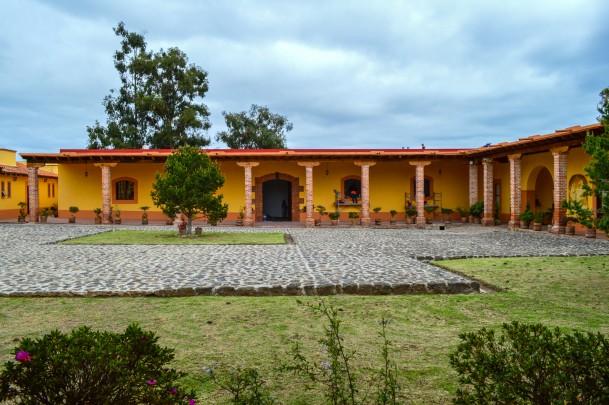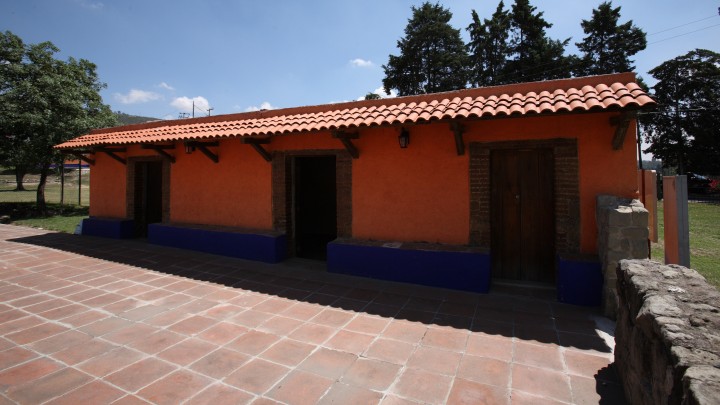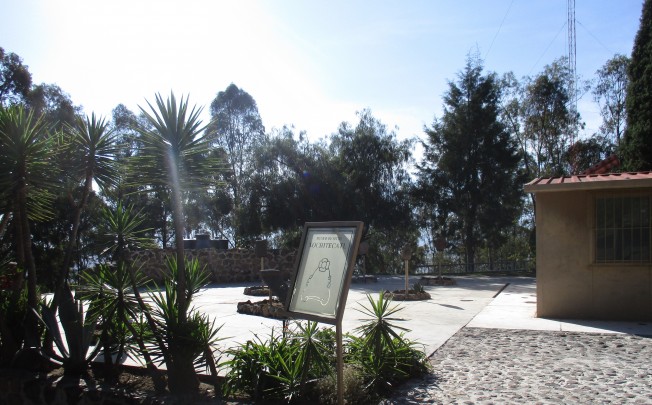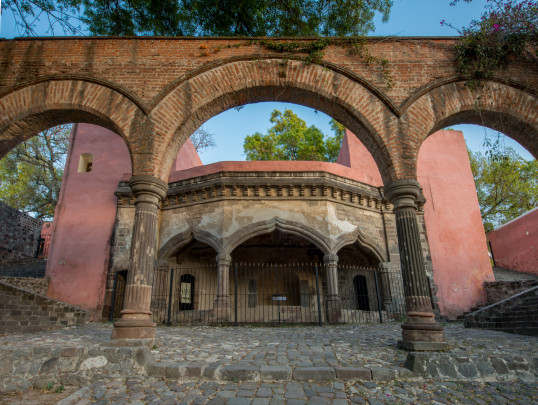INAH Museums Network
6 Museums
Archeological site
A superb display of the Cacaxtla murals including the battle scene and the Jaguar Man, with information on how they were painted, as well as archaeological finds telling the impressive story of the Lords of Cacaxtla and their warlike people, inheritors of Teotihuacan and Cholula, and their gods such as Tlaloc.
Tlaxcala
Archeological site
The principal Tlaxcalan fiefdom in 1519, with the remains of a temple built a century before, whose mural paintings show Tezcatlipoca on fire and other symbols of religious sacrifice, such as Xiuhcatl, or the fire serpent descending like a stream of blood.
Tlaxcala
Archeological site
An Acolhua city neighboring the state of Tlaxcala with a conflict-riven border, but also an important trading point during the hegemony of Teotihuacan and Texcoco. Part of the force of Pánfilo de Narváez, who fought against Hernán Cortés, was captured here, a critical event which left numerous remains.
Tlaxcala
Archeological site
On the site of the former archeologists’ shelter, the museum was built in 1930 and was recently renovated. Tizatlan was one of the four fiefdoms of the Republic of Tlaxcala alongside Tepeticpac, Ocotelulco and Quiahuixtlan and it has structural remains from the late pre-Hispanic era, together with a very early Christian chapel.
Tlaxcala
Archeological site
Since the eighth century BC the ancient Tlaxcalan culture ascribed women preeminent roles as givers of life, wise women and governors. This was exceptional in Mesoamerica. The museum has a multitude of artifacts testifying to the fact: ceramics, ornaments, offerings and utensils.
Tlaxcala
Regional
An impressive construction notable for the church’s remarkable Mudejar-style coffered ceiling made with gilded wood. The museum preserves the pre-Hispanic and viceregal history of Tlaxcala—a vital ally for the Conquistadors—along with displays of nineteenth and twentieth-century luxury objects and tools.
Tlaxcala

